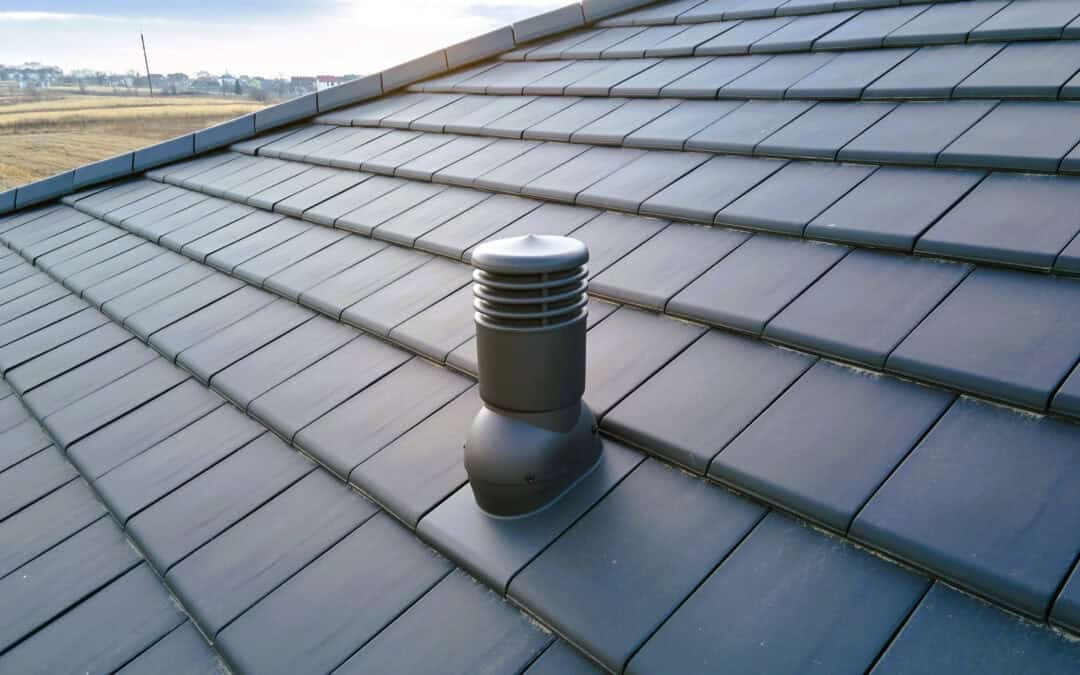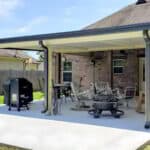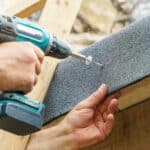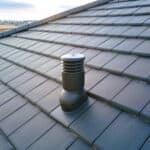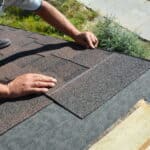A healthy roof isn’t just about shingles and flashing. Roof ventilation is the key component that often goes unnoticed, yet it can make or break the longevity of a roof. Poor ventilation leads to all kinds of problems, from excessive heat buildup to moisture damage. A well-ventilated roof extends its life and keeps the structure underneath safe. Roofers who understand the importance of ventilation know it plays a crucial role in maintaining a strong, durable roof.
Proper roof ventilation promotes airflow, which prevents excess heat and moisture buildup. A roofer once inspected an attic where the insulation was saturated with water, and mold was forming on the beams. The reason? Poor ventilation. It’s a simple issue that can lead to costly repairs if ignored. Ventilation might seem like a minor detail, but without it, the overall health of the roof is in jeopardy.
- Ensures air flows consistently through the attic space
- Helps reduce the risk of mold and mildew buildup
- Can help prevent structural damage caused by excess moisture
How Proper Ventilation Extends Roof Lifespan
Roof ventilation helps roofs last longer, saving homeowners money in the long run. The science behind this is simple: removing heat and moisture from the attic helps prevent the breakdown of roofing materials. When heat and moisture become trapped under the roof, shingles can warp, wood can rot, and metal can corrode, all leading to premature failure of the roofing system. A well-ventilated roof is a roof that can live up to its full potential.
- Reduces wear and tear on roofing materials
- Minimizes the likelihood of premature roof replacement
- Helps protect the overall structural integrity of the home
Common Problems from Poor Roof Ventilation
Roofers frequently encounter homes with ventilation issues, which leads to several common problems. Without proper airflow, heat builds up in the attic, making the house harder to cool during summer and putting stress on HVAC systems. Excess moisture can also cause mold growth, which compromises indoor air quality. During winter, improper ventilation contributes to the formation of ice dams, causing leaks and water damage.
- Leads to increased energy bills from overworked HVAC systems
- Promotes mold growth, affecting air quality
- Can result in ice dams, leading to leaks and water damage
Signs of Poor Ventilation Roofers Should Know
Recognizing poor ventilation is critical for roofers. There are several warning signs that indicate a roof isn’t breathing properly. A roofer might notice excessively hot attic spaces, a damp smell, or visible mold growth. Homeowners may also complain about high energy bills or inconsistent indoor temperatures, which can often be traced back to roof ventilation problems.
- Hot, stuffy attics with little air movement
- Mold or mildew stains inside the attic
- High energy bills and uneven temperatures throughout the home

How Roof Ventilation Prevents Moisture Damage
Moisture damage is one of the most serious consequences of poor roof ventilation. Moisture can enter the attic through everyday activities like cooking, showering, or even drying clothes. If it has nowhere to escape, it accumulates in the attic, damaging insulation, wood, and metal. Effective roof ventilation provides an outlet for this moisture, preventing it from wreaking havoc on the home’s structure.
- Protects insulation from becoming wet and losing its effectiveness
- Prevents wood rot and corrosion of metal components
- Reduces the chances of leaks and structural damage
Energy Efficiency Benefits of Good Roof Ventilation
A well-ventilated roof plays a significant role in energy efficiency. During the summer, proper ventilation allows hot air to escape, reducing the load on the air conditioning system. In the winter, it helps prevent warm air from getting trapped in the attic, which can lead to uneven heating and cooling. This translates to lower energy bills and a more comfortable home environment.
- Reduces the need for excessive cooling in the summer
- Helps maintain consistent indoor temperatures year-round
- Leads to lower energy bills and increased home comfort
How Roof Ventilation Reduces Mold and Mildew
Mold and mildew are not only unsightly, but they can also cause serious health problems if left unchecked. Poor ventilation leads to excess moisture, creating the perfect environment for mold and mildew to thrive. Roofers often find mold growth in poorly ventilated attics, especially in humid climates. With proper roof ventilation, moisture is expelled from the attic, reducing the risk of mold and mildew growth.
- Keeps attic spaces dry and inhospitable to mold
- Improves indoor air quality by reducing mold spores
- Protects the home’s structure from mold-related damage
Why Roof Ventilation Matters for All Seasons
Roof ventilation isn’t just important during the summer or winter—it’s a year-round necessity. In the summer, it prevents overheating in the attic, while in the winter, it helps regulate temperature and prevent moisture buildup. Roofers know that homes with proper ventilation experience fewer seasonal issues, leading to fewer repairs and a longer-lasting roof.
- Reduces the risk of heat-related damage in the summer
- Prevents moisture and condensation problems in the winter
- Helps maintain a balanced indoor climate throughout the year
Roof Ventilation Solutions Roofers Recommend
Roofers recommend different ventilation systems depending on the home’s design and climate. Options include ridge vents, soffit vents, and gable vents, each providing unique benefits. Some homes might benefit from a combination of these systems to ensure optimal airflow. Roofers will assess the specific needs of each home to recommend the best solution for long-term roof health.
- Ridge vents offer continuous ventilation along the roof’s peak
- Soffit vents allow air intake along the eaves of the roof
- Gable vents help provide additional airflow, especially in larger attics
Choosing the Right Roof Ventilation System
Selecting the right ventilation system is critical for maintaining roof health. Roofers will consider factors like attic size, roof pitch, and local climate when choosing a system. Each home requires a unique approach to ventilation, ensuring that heat and moisture are properly managed throughout the year.
- Attic size and roof pitch determine the type of ventilation needed
- Climate plays a significant role in choosing the appropriate system
- A combination of intake and exhaust vents ensures optimal airflow
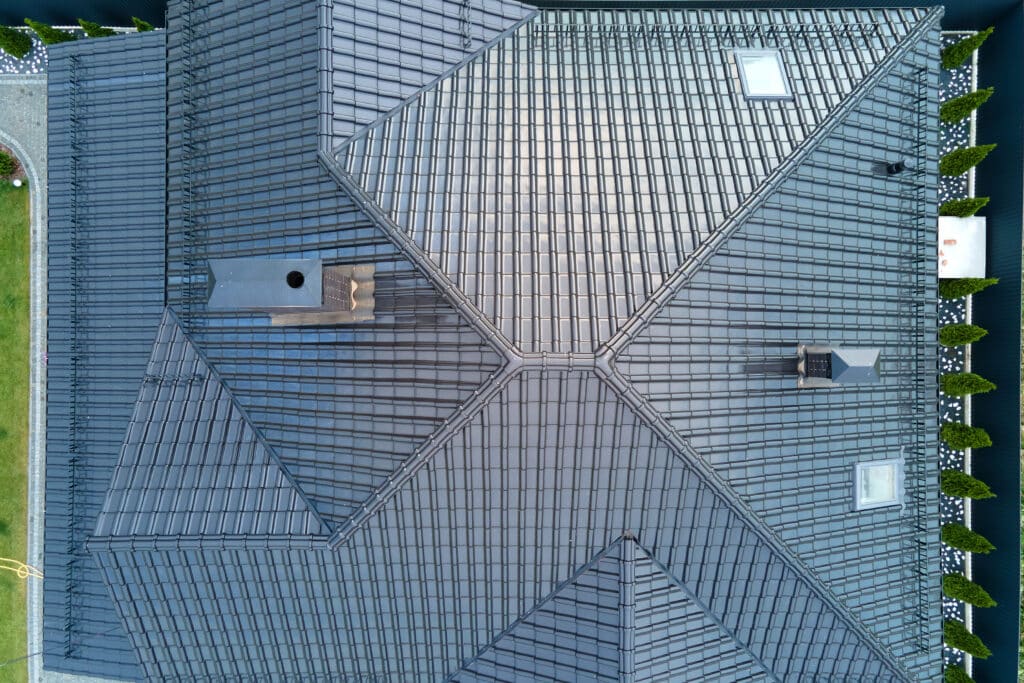
Key Takeaways for Roof Ventilation Importance
Roof ventilation is essential for maintaining the longevity and health of any roofing system. Without it, a roof can suffer from moisture damage, excessive heat buildup, and structural issues. Roofers must prioritize ventilation in their work to ensure roofs are not only built to last but also energy-efficient and safe for the home’s occupants.
- Proper ventilation extends roof lifespan and reduces maintenance needs
- Prevents moisture-related damage and mold growth in attic spaces
- Contributes to energy efficiency by reducing heating and cooling costs
Frequently Asked Questions
- How can poor ventilation damage a roof?
Poor ventilation traps heat and moisture in the attic, causing shingles to warp, wood to rot, and mold to form, leading to premature roof failure. - What is the best roof ventilation system?
The best system depends on the home’s design and climate. Ridge vents, soffit vents, and gable vents are popular choices, often used in combination for optimal airflow. - How does roof ventilation improve energy efficiency?
By allowing hot air to escape in summer and preventing moisture buildup in winter, roof ventilation reduces the workload on heating and cooling systems, lowering energy costs. - Can roof ventilation prevent ice dams?
Yes, proper ventilation helps regulate attic temperature, preventing the formation of ice dams that can cause leaks and water damage. - How do roofers assess ventilation needs?
Roofers evaluate attic size, roof pitch, and climate to determine the best ventilation solution for each home, ensuring adequate airflow and moisture control.

